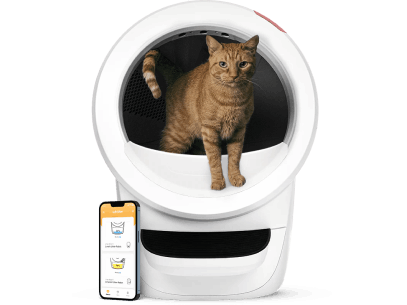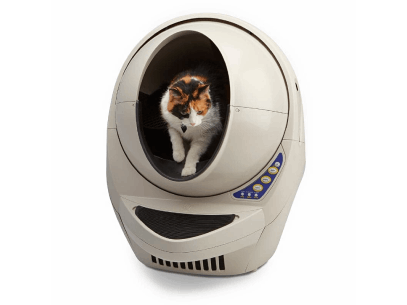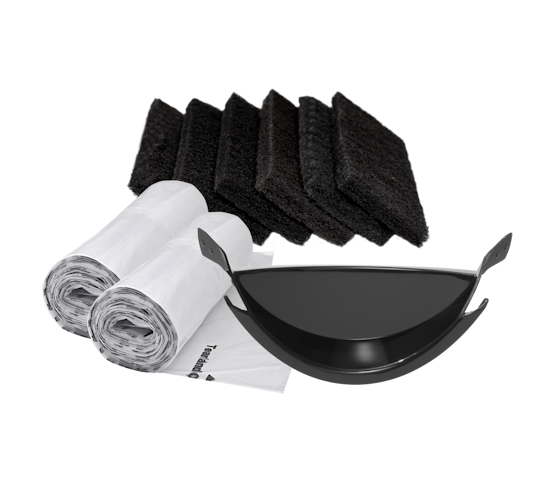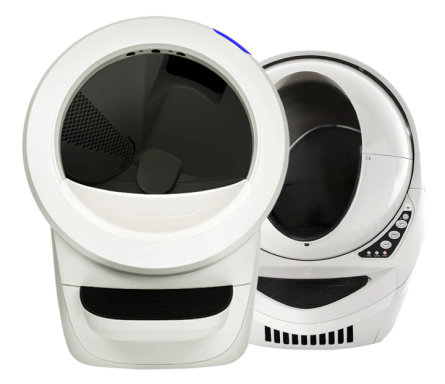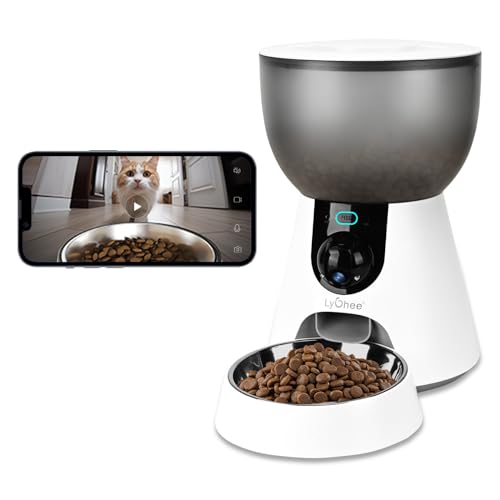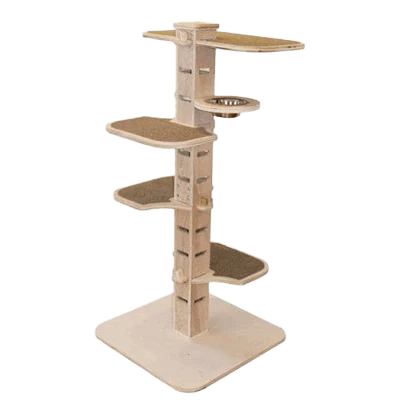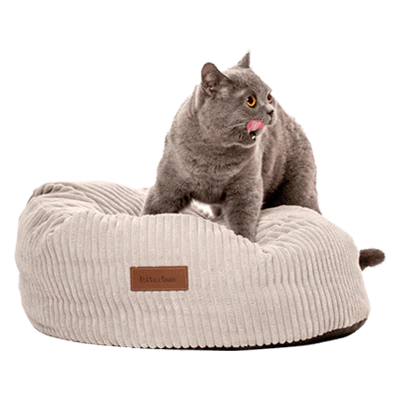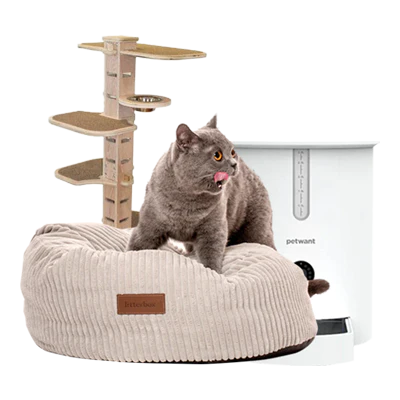Just like the Litter-Robot 3, the Litter-Robot 4 is equipped with pinch detectors that form a part of the safety system in place to keep your cats safe.
In this article we will examine the pinch detectors, their role in the function of your Litter-Robot 4 and how to ensure they are maintained.
Note there can be different light combinations for a pinch detector issue, we are only reviewing fast flashing yellow herein.
WHAT ARE THEY
The pinch detectors in the Litter-Robot 4 are no longer mechanical with metal bars (as they are in the Litter-Robot 3), but are touch point sensors that click on contact for easy testing.

WHERE ARE THEY LOCATED
The pinch detectors are located on the left and right side of dump chute in the base top. They are visible (with the bonnet and globe removed) from the top as an odd stuck out shelf. 
You can review the pinch detectors and operations are able to be reviewed from the underside looking into the base cavity and up to the ceiling.

The recess is formed by the base and a flexible plastic cover which has only 2 points of attachment to the base body, but forms part of the base and is not removable.

ALERT : DO NOT PULL ON THE PLASTIC COVER, which is delicate by design, and meant to be pushed on gently. If this cover is broken a new base will need to be purchased (no warranty) to do take care.
WHAT DO THEY DO
Your Litter-Robot 4 is equipped with an Anti-Pinch safety feature that is the ultimate failsafe for the appliance. It is the reason why the Litter-Robot has such an awesome safety record of more than 1 million sold with no cat accidents.
The pinch detectors are essentially a circuitbreaker.
Pressure on the flexible cover from something in the dump area as the globe cycles in either direction opens the contact between the pinch detectors.
The cycle stops, and the motor is programmed to reverse 2 rotations to release whatever activated the safety feature such as an inquisitive cat paw or tail.
An easy test for peace of mind is to put your hand into the globe and through the dump hole as it cycles and push on the cover to see what happens - no trapped fingers in a Litter-Robot (speaking from experience having tested it personally).
WHY DO THEY FAULT?
The pinch detectors are located well above the waste drawer and would not normally have litter on them, but if litter does not clump well, or the waste drawer is allowed to over full and the globe cycles through the piled up waste, then soiled material can be distributed into the area.
Very dusty litter can also get in between the touchpoints, slowing or stopping power flow.
If the pinch detectors have an issue, either activation or touchpoint disruption, the cycle will stop and the light bar will display a fast ping pong flashing yellow light bar, indicating a fault with the pinch detectors.
Activation typically has the cycle stop, and reverse for five seconds. After a two-second pause, the cycle will attempt to continue. After three attempts, it will remain in its current position untill it is powered off/on or the obstruction is cleared.
The APP will report pinch error or fault detected.
Pinch detector fault information video.
HOW TO CLEAN
Locate and look at the pinch detectors. It maybe easiest to take a photo as its an awkward space to get into and hard to see. If you turn your phone camera on selfi mode, you can put your phone into the base cavity, shooting upwards. You can look down through the dump hole in the top of the base to see your phone screen and tilt to locate the pinch detectors, and take a clear photo for review.

The area you are looking at is primarily the centre touchpoint where the 2 circled parts meet ( as pictured above). Test by pushing on the flexible cover, which should push the two points together where you you should hear/feel a click.
If there ia a build up between the touch points, this can be cleaned with a small paintbrush if needed.
Note that sign of a good litter is solid clumping, low dust, and you can review this in both globe (not sticking) and waste drawer (solid clumps). Litters seem to have changed formula consistency and availability since Covid supply issues, and you are best to review regularly and if needed, change litter, to keep your appliance in good order. It also helps reduce odour by locking up the uric acid or cat pee smells.
